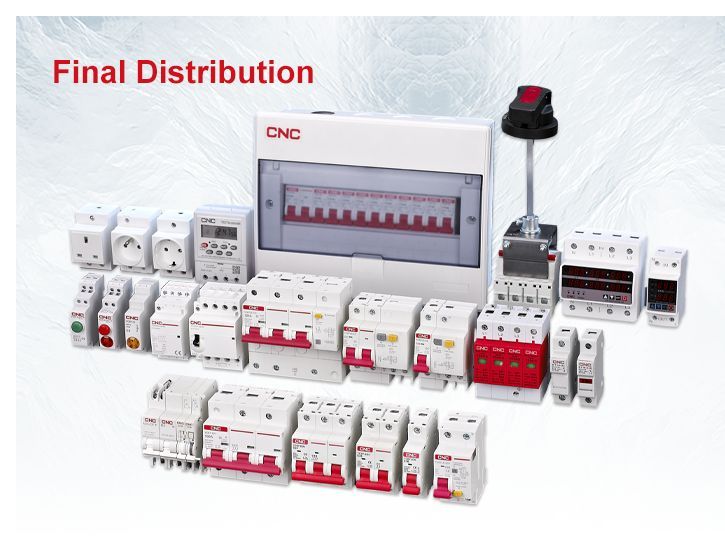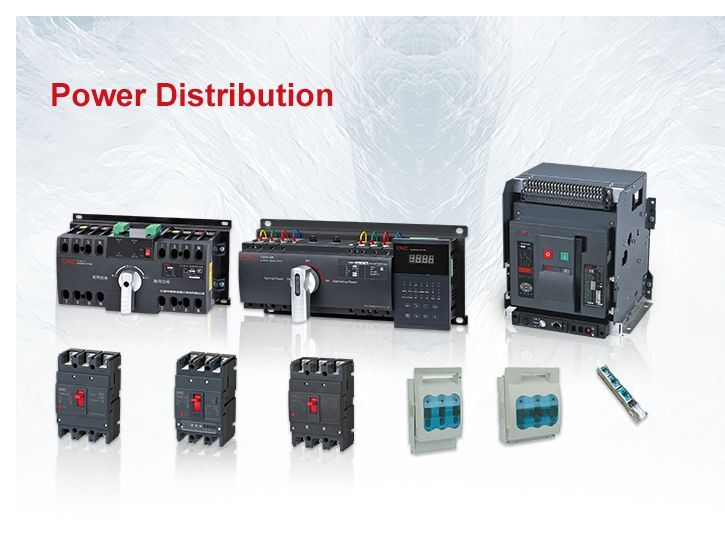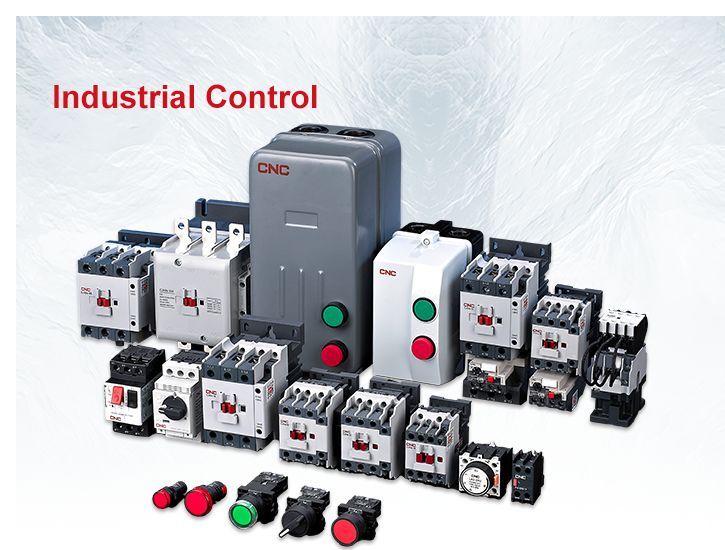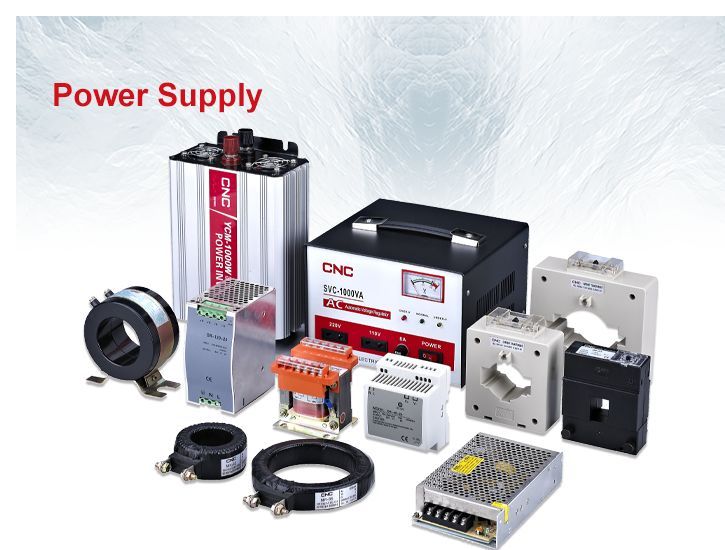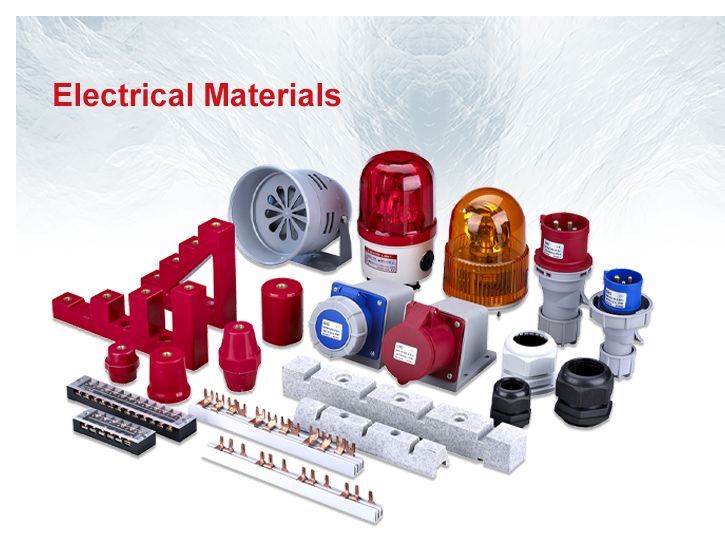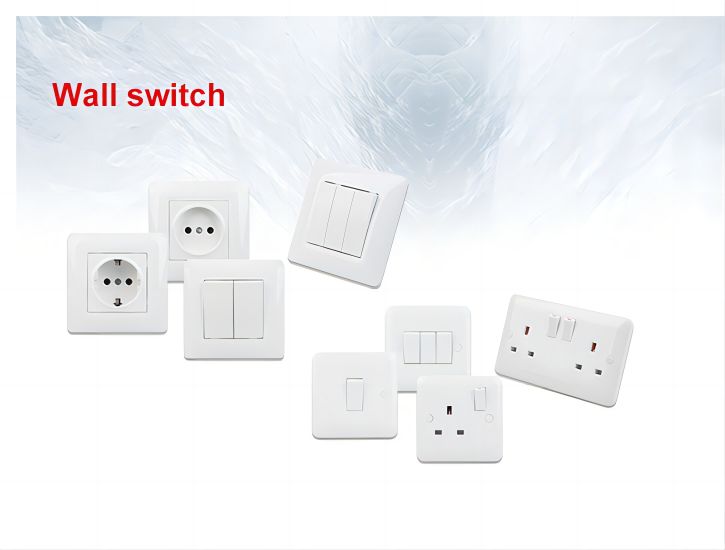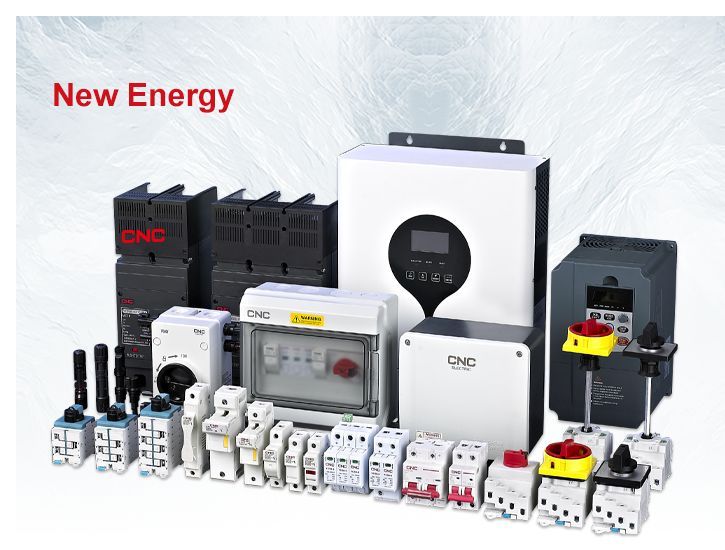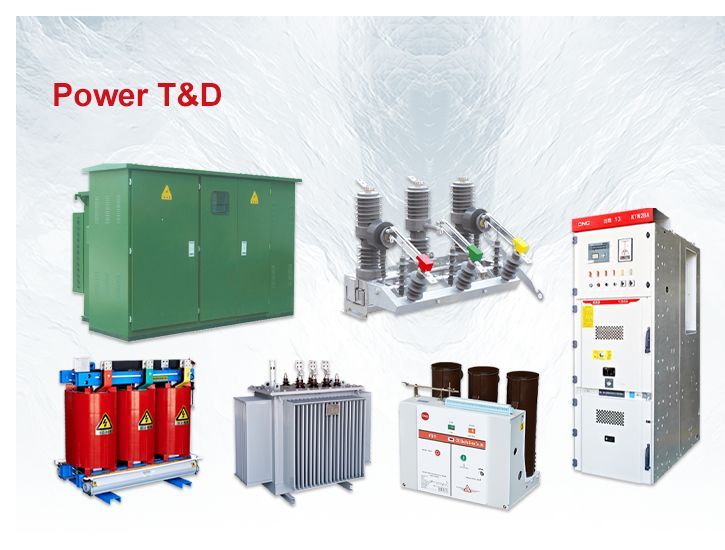The transition to a more sustainable, low-carbon future is accelerating. This energy transition is driven by the progressive replacement of carbon-based fuels with renewables, clean air regulation and the direct and indirect electrification of more applications.
Today, energy flows through the grid in more directions and through more devices than ever before, and although that decentralization creates more complexities and challenges, it also creates new potential. Everything as a Grid is our approach to reinventing the way power is distributed, stored and consumed.
Our Everything as a Grid approach is shaping a future where homeowners and businesses can reduce the cost and environmental impact of energy. Flexible, intelligent power creates new opportunities for everyone.
The transition to renewable power
Global renewable adoption is on the rise; electricity demand is expected to reach 38,700 terawatt-hours by 2050—with renewables providing 50% of that energy.1The highly distributed nature of renewable energy is upending the traditional power delivery model. Electricity no longer flows in one direction from the utility that generates it to those who consume it. The new energy ecosystem comprises an intricate network of “prosumers”: consumers and businesses who produce their own energy locally, use what’s needed and, in many cases, are looking to export excess power back to the grid. Furthermore, the electrification of transportation, building systems and industrial processes will drive considerable increases in demand for electrical power over the coming decades. Data centers, offices, factories and similar sites can participate in the transition via battery and thermal energy storage systems and grid-interactive uninterruptible power systems.
This will give rise to vast bi-directional electricity flows requiring a network with the flexibility to cope with higher volatility and demand.
Planning for the shift to more electrical power
The electrification of more areas of the economy, including transport, building systems and industry will drive a substantial increase in power demand by 2050. It is technically feasible to meet this extra demand with electricity generated from low or zero carbon sources. However, this will require concerted government support through policy and regulation, as well as research and development to reduce the cost of new green energy sources such as clean hydrogen.
Businesses and consumers are participating in cleaner power initiatives. Active corporate sourcing of renewable electricity reached 465 terawatt-hours (TWh), with production for self-consumption reaching 165TWh.2 On the consumer side, electric vehicle (EV) charging technology prices continue to fall, while charging point accessibility continues to rise.
By facilitating the trading of self-generated clean electricity to reduce energy costs, we’re enabling energy users, both consumers and businesses, to participate in demand response programs where the utility can turn demand and/or on-site generation up or down in response to signals for real-time grid balancing needs.
More homes, businesses and communities are becoming self-sufficient power producers that rely less on the utility grid. They generate, store and consume their own energy via renewable solar arrays, wind turbines, microgrids and battery storage. And they create a bi-directional flow that is changing the way power is managed and lessens the impacts from sudden outages caused by rolling blackouts, cyberattacks and extreme weather events. These prosumers may also sell excess energy back to the grid and leverage demand response programs to help reduce utility bills.
Digital innovation can be leveraged to make smarter business or personal energy management decisions. It’s the transformation of the data from appliances, equipment or processes into actionable insights that help consumers and businesses drive new efficiencies, maximize uptime and manage their energy footprint.
Through technologies that support bi-directional power generation, storage and energy management, we’re playing a critical role in helping meet demand growth and balance grid volatility. We are reimagining and rebuilding the electrical power value chain.
Embracing the new power paradigm
Homes, offices, stadiums, factories and data centers can now generate and store more of their own power to optimize energy costs, lower their carbon footprint and, in some cases, reduce reliance on the grid. This is Everything as a Grid.
Traditional electrical power infrastructures must be upgraded, with software and services optimizing every process, to realize new energy benefits. We enable a systems approach to infrastructure integration and the technologies that help transform power generation and distribution for homes, buildings and utilities.
Responding to the high demand for low carbon
Renewable and battery market shares continue to rise and play a larger role in the global power supply, even in the wake of the COVID-19 pandemic. The steady increase of competitiveness in renewables, along with their modularity, rapid scalability and job creation potential, make them highly attractive as countries and communities evaluate economic stimulus options.3
The challenge lies in balancing variable renewable power and storage options against the always-there, always-on power users demand. By helping utilities, building managers and homeowners adopt renewable power and storage strategies, we’re helping to make clean energy available when and where it’s needed.
Adapting to fast-changing regulations
Regulators are starting to make important changes to incentivize services like demand response to reduce costs, encourage and integrate the uptake of clean energy and increase customer participation. However, we have far to go if we are to replicate best practices and further encourage innovation. This includes financial mechanisms that reward utilities and distribution companies for contracting with distributed energy providers in place of capital investments—a departure from traditional regulation in which the addition of new capital assets is the main source of profit. Through market data analysis and expert insights, we help companies and countries prepare for and embrace the regulatory changes needed to assure a reliable power mix.
Ensuring cybersecurity throughout the transition
Only 48% of utility executives feel they are prepared to handle the challenges of a cyberattack interruption.4 As utilities address the challenges of improving power reliability and efficiency, they must also contend with the near-constant barrage of security threats.
We proactively address cyber threats via a system-wide defensive approach and an unwavering focus on the dangers malware, spyware and ransomware present across the globe. Our team members meet and exceed competencies recognized by international standards organizations like UL, IEC, ISA and others through rigorous, in-depth technical training programs. Our “secure-by-design” philosophy, processes and secure development lifecycle are integrated into product development and guide our labs, procurement and design teams as the foundation of innovation. And our understanding of and influence in changing global standards help guide safer, more efficient energy infrastructures.
Powering the energy transition
The technologies that convert wind and sunlight to renewable energy have matured, allowing for more flexible power possibilities. The growth of renewables, localized electricity production and bi-directional energy helps more homes, businesses and communities produce their own clean, dependable energy for less reliance on the utility grid. Count on Eaton for the technologies and digital intelligence needed for you to join this energy transition. Through our Everything as a Grid approach, infrastructures can be re-vamped to manage and optimize renewable integration, so you can realize more efficient, sustainable power that costs less.
Post time: Aug-29-2024

 Projects
Projects.jpg) Solutions
Solutions Services
Services News
News About Us
About Us